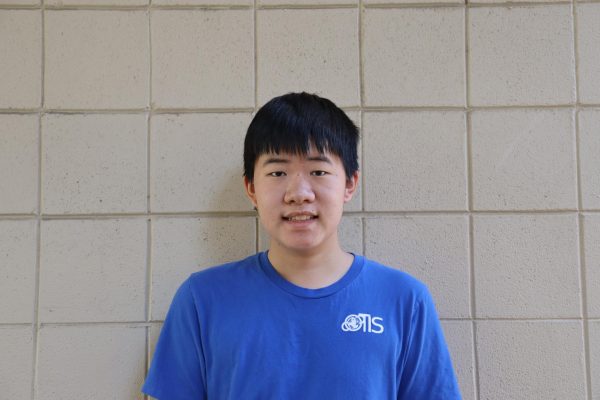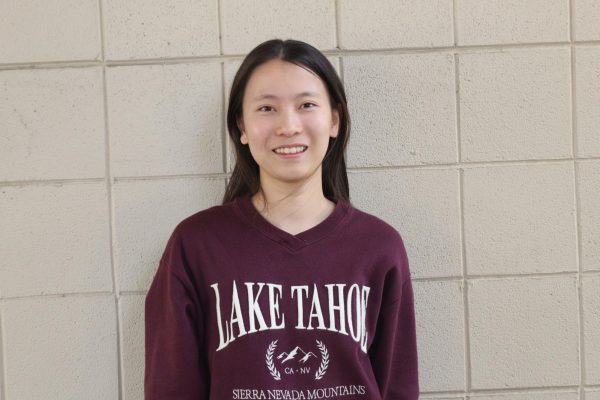On a Monday morning late last month, listeners of KQED, one of San Francisco’s radio stations, tuned in to the frequency 88.5 on their radios to hear the newest live radio show airing that day.
Three minutes into the April 22 show, KQED host Alexis Madrigal introduced junior Ryan Heshmati as one of the producers of a live radio piece titled “How Social Media is Changing Political Advertising.” Heshmati, along with junior Kate Quach from St. Ignatius High School, co-produced the show.
Heshmati’s show was part of KQED’s Youth Takeover Week, an event where local youth are able to create and share their own pieces. As part of three total forum shows hosted during this week, Heshmati and Quash produced an episode detailing the impact of social media on political advertising.
Preparation for the show began 6 months earlier, Heshmati said. He picked the theme for the show knowing that he wanted to create one that reflected the current political climate.
“It happened to be timely to talk about the election,” Hesmati said. “And what’s an interesting angle for that? Well, election advertising.”We’re in an era where social media has become not only a huge element of our lives from a social point of view, but it’s also where a lot of people are consuming political information.”
Heshmati drew upon his prior experience from his show on the Iranian Women’s Movement in 2023 and began planning a similar forum-like show. He contacted multiple people and brought together a panel of three experts: David Broockman, a political science professor at Berkeley; Makena Kelly, a senior politics writer at WIRED and Kyle Tharp, an author from the “For What it’s Worth” newsletter.
“There are so many brilliant people out there who have expertise on such fascinating topics,” Heshmati said. “There’s an incredible value in being able to bring them together and have a conversation about what’s relevant to the average American today.”
The 55-minute show covered a variety of topics, such as how and why politicians are using social media for advertising and how this advertising changes across platforms. Aside from these broad strokes, it also focuses on specific politicians, such as Robert F. Kennedy Jr., and their political advertising campaigns on social media. The show also reflects on the changes in political advertisement style throughout the decades.
“The show recognizes how we’re really in a ‘wild west’ situation when it comes to political advertising,” Heshmati said.
Heshmati hopes to continue doing radio shows on KQED’s Youth Takeover Week next year. As of right now, his knowledge in the field of political advertising has helped him create a show that was able to capture the current political state of social media.
“This election cycle is unique in a lot of ways, not just in terms of the candidates, but also in terms of how information is being exchanged,” Heshmati said.






























